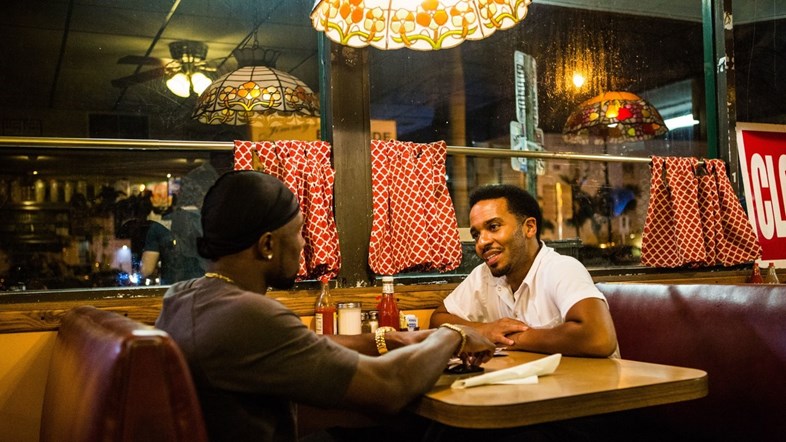Ahead of London Pride 2017, we present five gay love stories that have left a lasting impression on cinema
Whether we’re watching a young African American boy come to terms with his sexuality in a rough neighbourhood in Miami, or a baroque painter explore his love for men and women in 17th-century Italy, cinema has always been a special place for the expression of queer thought. Even from the moment the medium came to the fore almost 140 years ago, homosexuality has been present in film – even when being gay wasn’t accepted (or even legal) in society.
But the perseverance of the artists behind it prevailed and, over the decades, both straight and queer directors have toyed with the genre, giving life the community’s most fervent activists (such as Harvey Milk in Gus Van Sant’s Milk) and creating unique, heart-swelling narratives to call their own. So, in celebration of London Pride 2017, we delve into the modern history of LGBT cinema, selecting five seminal gay love stories that have helped shape the films – queer or not – that followed them.
Pink Narcissus
As much a work of poetry as it is a sleazy cinematic marvel, Pink Narcissus was a trailblazing piece of queer cinema when it was first released in 1971. Shot entirely on 8mm in the director’s apartment in the late 1960s, it artfully recreates the erotic fantasies of a handsome gay prostitute living in New York City. The film’s gloriously lo-fi presentation feels trippy and disorienting, as if we’re stuck inside the protagonist’s mind. When it was first released, director James Bidgood chose to remove his credit due to creative issues with the final cut and, as a result, the film became an object of obsession for cinephiles who were convinced that Pink Narcissus was a new work from Andy Warhol.
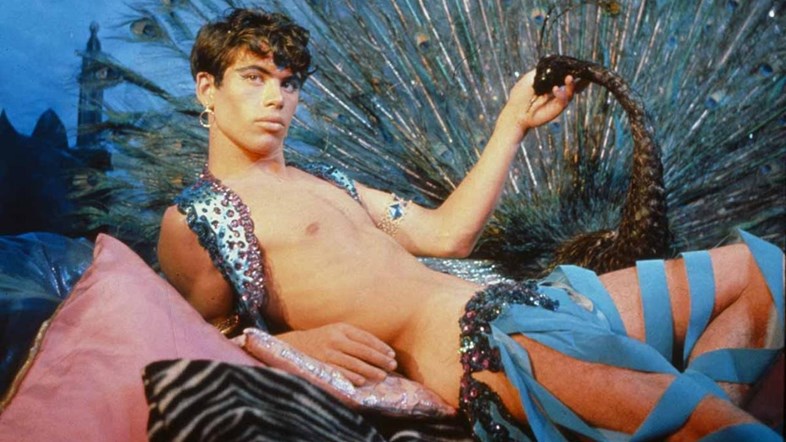
Happy Together
Wong Kar-wai’s Happy Together is a film about two men who are desperately in love with each other but not quite sure what to do with their relationship. The movie follows the couple as they go on a trip to Argentina feeling happy (one a doorman; the other a hooker) but instantly start to drift apart. The distance doesn’t feel positive for them, and so they swirl in lustful circles: falling in love, fucking and fighting before starting all over again. Although billed as LGBT cinema, Happy Together is proof that queer love stories aren’t always reserved for that community; they can transcend their genre and affect us all.
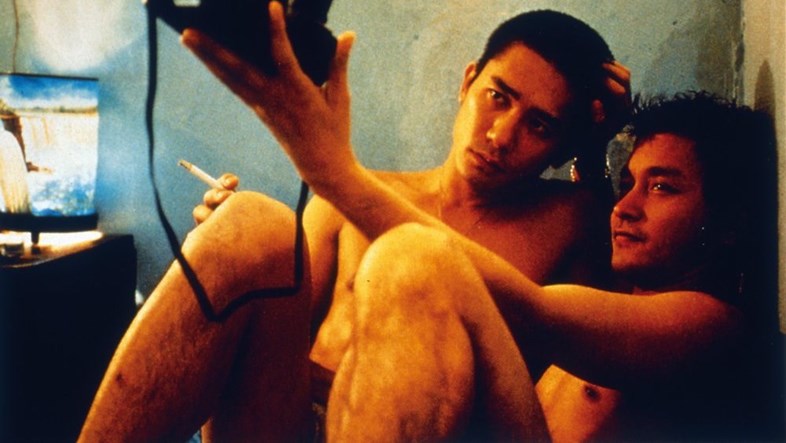
Caravaggio
Art, murder and nods to ménage à trois meet in this biopic of Michelangelo Merisi da Caravaggio, a famed Italian painter who caused a ruckus with his homoerotic work in the 17th century. Derek Jarman’s part imaginary depiction of Caravaggio’s life involves a carnal, dangerous love affair between the artist, his male muse and his muse’s flame-haired girlfriend. Although the three never meet in a sexual manner (only behind each other’s backs), the film’s deceptive and jealous heart makes for commanding viewing. It would also become the film that would establish Tilda Swinton’s career; an actress who would go on to become an icon and advocate of queer culture.
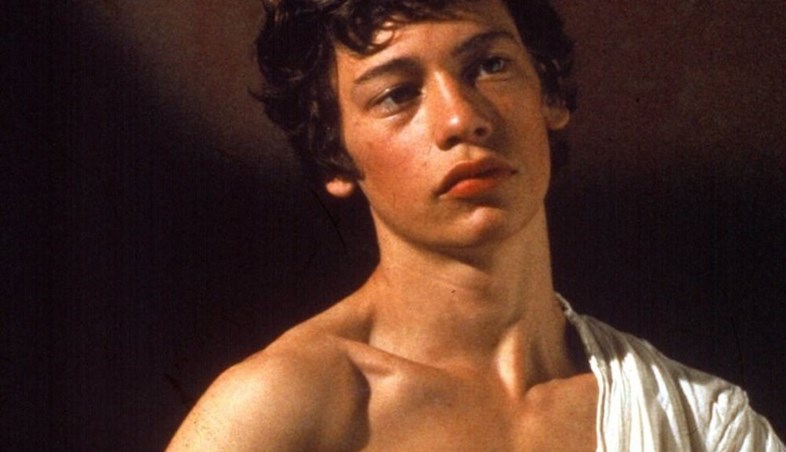
My Own Private Idaho
Widely considered Gus Van Sant’s greatest work, My Own Private Idaho is a film about what it means to exist in a world that doesn’t know where to place you. Its queer protagonist Mike, played by a career-best River Phoenix, is a narcoleptic street hustler falling for his best friend and co-worker Scott (Keanu Reeves). Together, they set out to rejoin the pieces of Mike’s dysfunctional family; a task that distances them rather than bringing them closer as Mike so desperately yearns for. In the years since the film’s release, Mike has become the underdog hero of New Queer Cinema, while Phoenix’s talent is survived by his touching and dedicated performance.
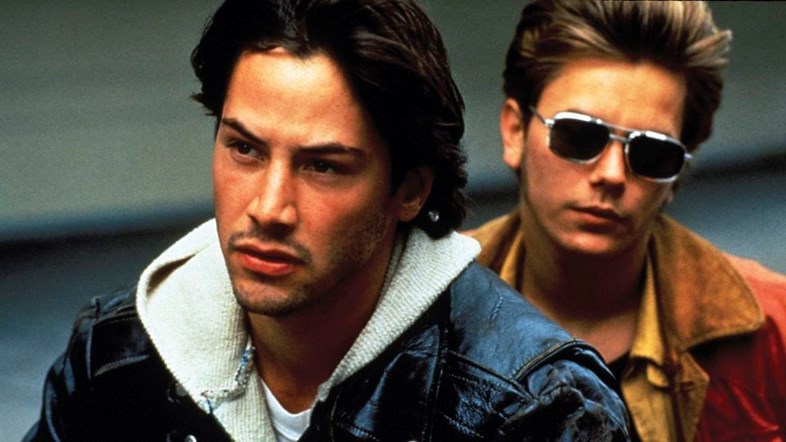
Moonlight
Success is often measured by box office figures or the number of statuettes a film has under its belt, but when it was released last year, Moonlight managed to transcend Hollywood expectations and do something worthy of greater praise. Set in the throbbing summer heat of suburban Miami, this is a story of an African American boy’s coming-of-age as he simultaneously toils with his suppressed sexual identity. We watch as Chiron grows from child to man, and the effect that his restrained feelings have on the way he carves his path in the world, particularly his relationship with a loyal school friend Kevin. Not only was this the first LGBT-themed film to win the Best Picture Oscar, but was a huge step forward for the film industry which has historically sidelined narratives of queer people of colour.
